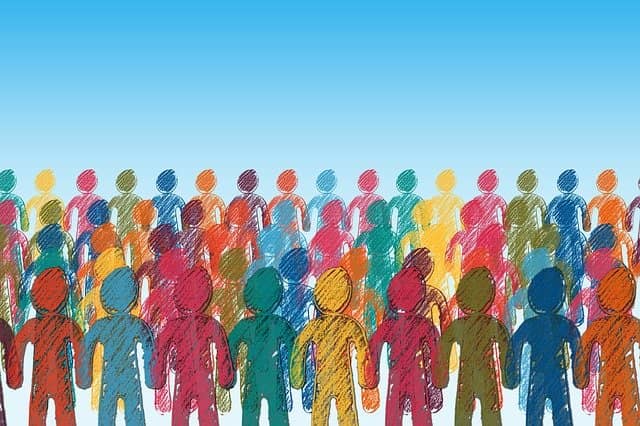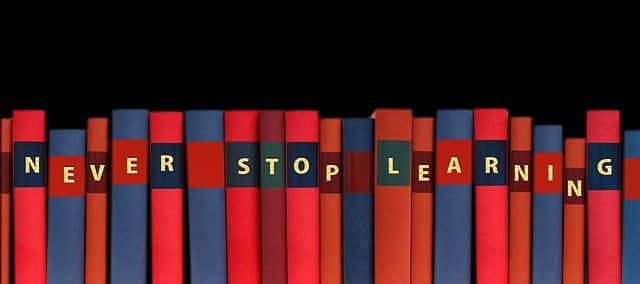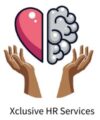
Business leaders frequently experience an oversupply of candidates in the job market. In general, there are 1000 plus applicants for every job advertised. For survival, candidates are willing to taking longer working hours or reduced salaries because the employment market is getting competitive and demanding. On the other hand, senior stakeholders are voicing their concerns about the fact that the skill sets of their current employee base may or may not be ready to meet future business requirements. Practically, candidate oversupply and talent shortage have coexisted for more than a decade now and it is interesting to understand the impact and actions to manage the co-existence.
Why is oversupply prevalent in the employment market?
According to my research, the below reasons are keeping oversupply prevalent in the labor market:
- Economic slowdown led by the financial crisis of 2008-09.
- Rigorous performance reviews.
- Redundancy as a management tool to restructure the business.
- Humans’ losing jobs to robots and systems based on machine learning and artificial intelligence.
- Changes led by COVID-19 pandemic.
- Steady population growth.
Why are we observing a talent shortage in selected industries?
At the same time, we observe the talent shortage in selected industries and primarily could be due to the following factors:
- Change in preferences. Professional preferences have shifted towards the knowledge economy, so manufacturing and agricultural industries are less preferred.
- Change in the employment landscape. Individuals have options to select based on their interests and passion viz. they can work full-time, part-time, remote jobs, freelancing work, project-based engagement, etc.
- Change in business planning timelines. As the situation has become dynamic, leaders prefer to adopt a 2-year time horizon for planning.

4. The entrepreneurial spirit is at an all-time high which may need us to redefine teamwork, flexibility, and adaptability.
5. Post COVID-19 pandemic, the work norms have changed substantially.
The co-existence is healthy to maintain the competitive job market if the balance between oversupply and shortage is maintained. Otherwise, we will observe the adverse effects on our professional life at a financial, social, and emotional level.
This co-existence will create an imbalance in the labor demand and supply market. Thus, both employers and individuals need to take necessary measures to keep them unaffected and growing.
How do we bridge the gap between talent shortage and oversupply?
Candidates’ oversupply and talent shortage phenomena impact the economy at a macro level. Hence, international, national, and state forums discuss it at great length. Human resources regulators, industry experts, and company leaders also advise effective measures to bridge the gap. All individuals must adhere to the recommended employment guidelines.
How can individuals safeguard themselves?
The individual contribution will play an important role. Each working professional may understand their career interests, passions, past and current performance, conduct SWOT analysis, and do potential skill set requirements on a 2-year horizon. Based on their observation, they will understand the current and future skill requirements and can up-skill or reskill themselves as needed.
Individuals, in this case, who are negatively affected by oversupply situations would need to redeploy and consider alternative career options. For example, during the COVID – 19 pandemic, due to travel restrictions, there is a surplus of travel and tourism professionals. These professionals could redeploy their skills in digital marketing, blogging, entertainment industry, etc., or take a sabbatical for 2-years and attend their priorities.

However, only a few specific industries experience the impact of talent shortage and would need or solutions and recommendations from the most affected. This shortage would be an opportunity in disguise for individuals who can identify them at the right time.
Finally, I would recommend individuals to be vigilant about the market dynamics and keep their skill set up to date for 2 to 3 industries.
